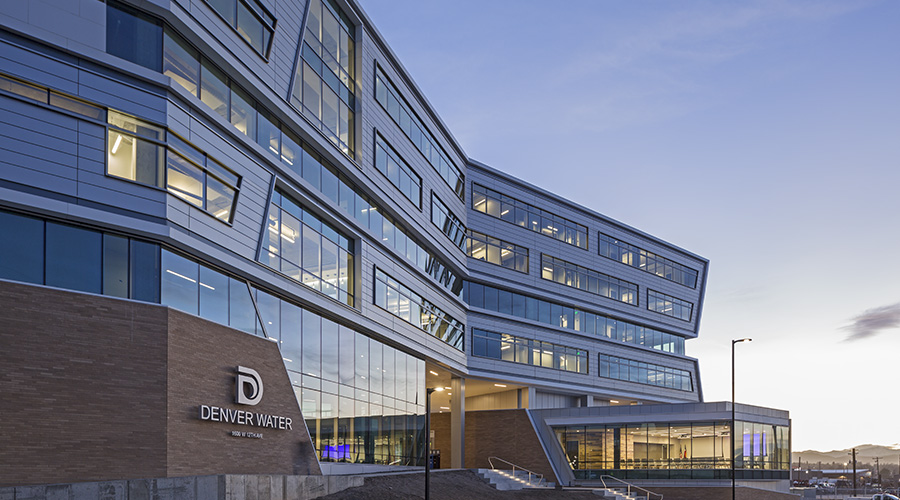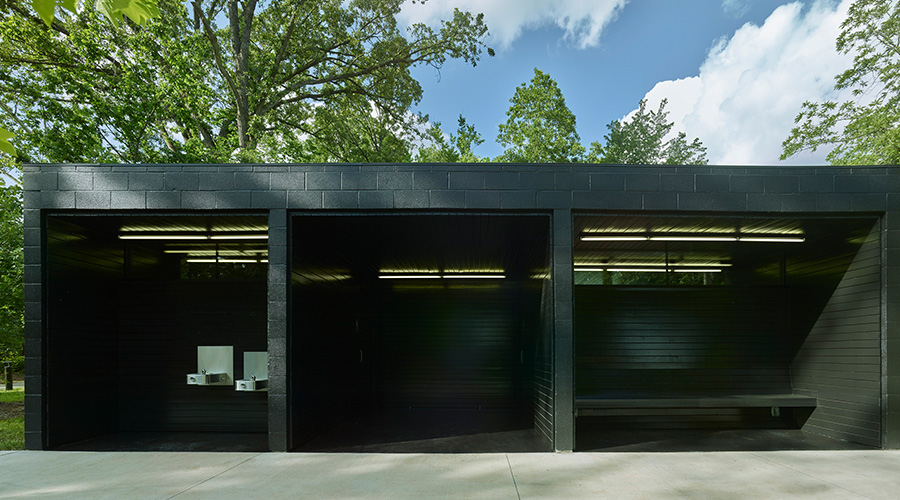Plumbing Project Outline
Using in-house labor, the plumbing upgrade began in June 2009 and was completed in less than three months. The project's materials costs totaled about $59,000, and labor costs came to about $25,000. In-house workers upgraded 45 water closets, which now are 1.28 gpf models. They also installed hands-free auto-flush kits and upgraded 14 urinals from 1.5 gpf to 0.5 gpf. Finally, they upgraded 31 faucets, as well as four showerheads, which now use 1.6 gallons per minute (gpm) and 10 kitchen faucets that now use 2.2 gpm.
When it came time to specify products parts for the plumbing upgrade, Young and his staff consulted with the Metropolitan Water District of Southern California, which has requirements for the performance of plumbing fixtures.
"My role was identifying the project and then making sure we had the funding for it," Young says. "Our staff services manager really was responsible for the whole project — identifying and purchasing the fixtures and scheduling the staff to do the work. He also reported on the results."
Young knew that, beyond performing the plumbing upgrade, in-house technicians would have to maintain whatever products were installed as part of the project, so he consulted with his front-line technicians for input on selecting specific products.
"When it came to the actual manufacturer, we went to our staff to find out their preferences," he says. "It was their familiarity with the product. When it came to the auto-flush kits, it was definitely the performance."
One concern related to the installation of low-flow plumbing fixtures in institutional and commercial buildings is that, in some cases, they might not produce a large enough flow of water to effectively move waste through and out of the plumbing system, resulting in blockages.
"We were a little concerned about the low-flow fixtures, what effect they would have on the piping, but it has not been a problem at all," Young says. "We have not had blockages due the lower flow."
Beyond performance, the department and the organization have been pleased with the financial results of the building's plumbing-system upgrade.
"It has been very successful," Young says. "Annually, we're saving about 383,000 gallons."
Related Topics:













